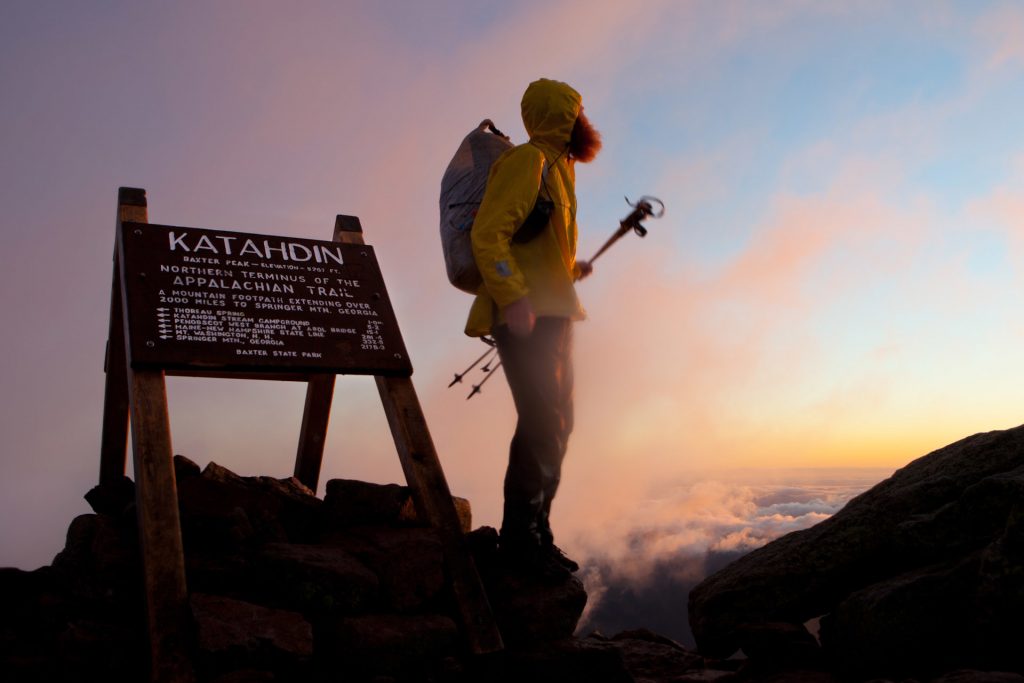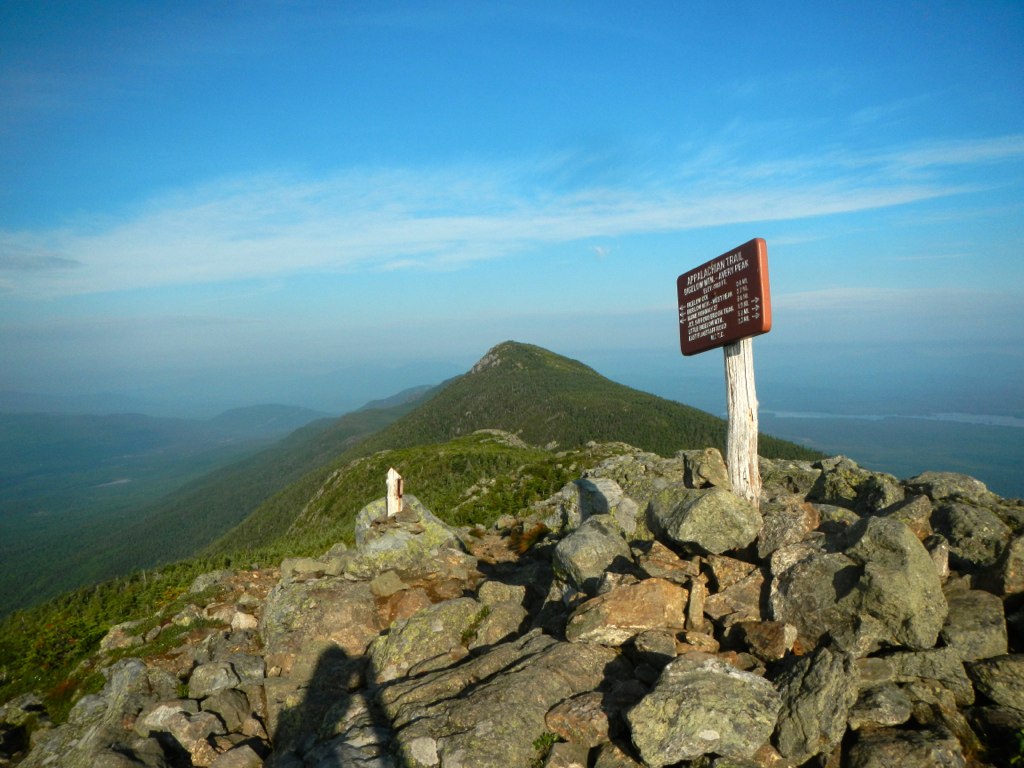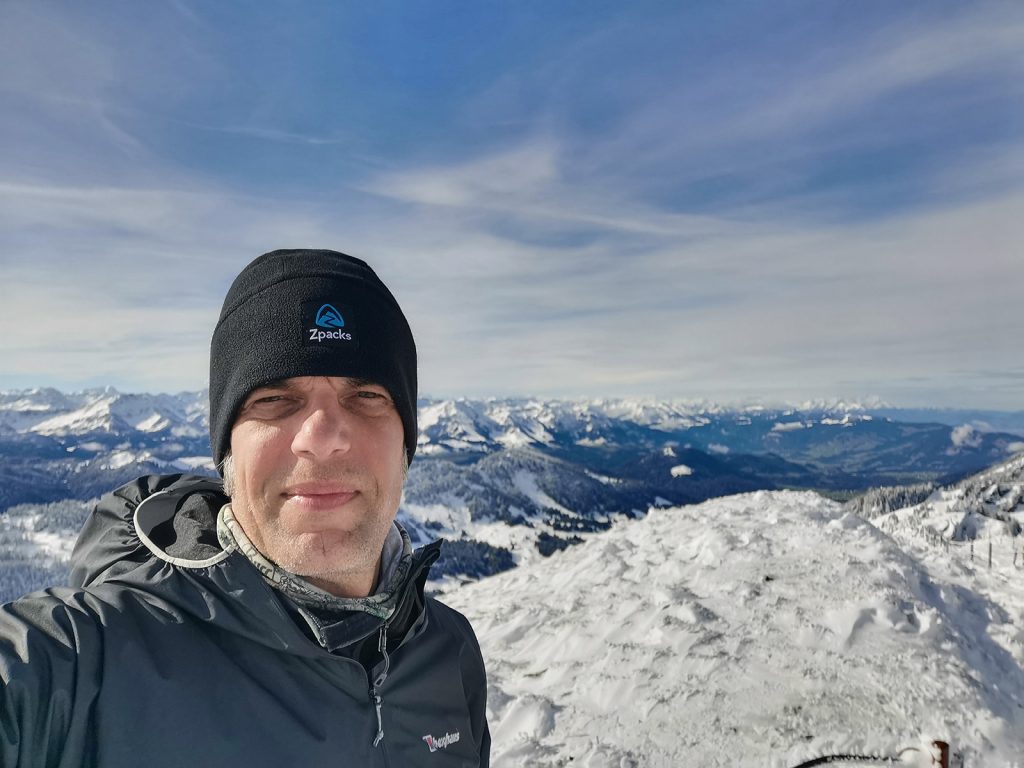History and origins
Thru-Hike

What’s Thruhiking?
Thru-Hiking or Thru-Hike (also spelled Thru-hiking or Thru-hike; German: Durchwanderung) refers to hiking a long-distance or trail from start to finish in one continuous journey. Similarly, a hiker who is on such a journey or has successfully completed it is called a thru-hiker. In contrast to Section Hiking, where a trail is completed in segments, thru-hiking involves covering the entire trail in one go. This type of hiking requires extensive preparation, endurance, and often several weeks or months of time.
Thru-hiking is considered the ultimate discipline of hiking. The classic definition includes completing a long-distance trail from start to finish within one calendar year.
You can find the rules for a thru-hike on the Nord Süd Trail <<here>>.
History and origin
Thru-hiking has its roots in the USA, where the first long-distance trails were established in the 1920s and 1930s. The idea of completing a trail in one continuous journey developed alongside the creation of these trails.

- Appalachian Trail (AT): The oldest and most famous long-distance trail in the USA was completed in 1937. The first documented thru-hike of the AT was completed in 1948 by Earl Shaffer, who proved that it was possible to hike the entire trail in one season.
- Pacific Crest Trail (PCT): This trail was conceived in the 1930s and officially completed in 1993. The first thru-hike of the PCT was completed in 1952 by Martin Papendick.
Thru-hiking is deeply connected to American hiking culture and has been popularized by books like “A Walk in the Woods” by Bill Bryson or movies like “Wild” (based on Cheryl Strayed‘s memoir). It symbolizes adventure, self-discovery, and a connection to nature. Until 2020, there were no classic thru-hiking trails in Germany with the length of the Appalachian Trail (AT) or the Pacific Crest Trail (PCT). Local hiking trails are generally designed for shorter distances. Even the European long-distance trails follow a different concept, are not suited for a classic thru-hike, and were not originally developed for this purpose.
What are the most popular trails?

Thru–hiker on the Appalachian Trail. Picture: flickr_effrey Stylos. Zur Lizenz.

And the North South Trail ?
The most well-known thru-hiking trails are the three major American trails mentioned earlier, often referred to as the “Holy Trinity of Hiking” or the “Triple Crown of Hiking.”
- Appalachian Trail (AT)
- Length: 3,500 km (from Georgia to Maine, USA).
- Highlights: Great Smoky Mountains, Shenandoah National Park, White Mountains.
- Duration: 5–7 months.
- Pacific Crest Trail (PCT)
- Length: 4,265 km (from the Mexican to the Canadian border, USA).
- Highlights: Sierra Nevada, Mojave Desert, Cascade Range.
- Duration: 4–6 months.
- Continental Divide Trail (CDT)
- Length: 5,000 km (from Mexico to Canada, USA).
- Highlights: Rocky Mountains, Gila Wilderness, Glacier National Park.
- Duration: 5–7 months
- Camino de Santiago (Spain)
- Length: Varies depending on the route (e.g., Camino Francés: 800 km).
- Highlights: Pilgrim culture, historic towns, Spanish landscapes.
- Duration: 4–6 weeks
- Hexatrek (France)
- Length: 3,034 km (from Wissembourg to Hendaye).
- Highlights: Vosges, Northern and Southern Alps, Pyrenees.
- Duration: 5–6 months.
- Te Araroa (New Zealand)
- Length: 3,000 km (from Cape Reinga to Bluff).
- Highlights: New Zealand’s North and South Islands, volcanic landscapes, fjords.
- Duration: 4–6 months.
We are not so presumptuous as to count the Nord Süd Trail (NST) among the “great” thru-hiking trails of the world – this trail is too unique for that. But what do we mean by that?
The NST, much like the Camino de Santiago, is not a wilderness trail where you move exclusively through uninhabited areas. It was primarily developed for local hikers and has not yet been actively promoted to international long-distance hikers. Why not? Most international thru-hikers associate thru-hiking trails with wilderness and untouched nature. To avoid misunderstandings or disappointments, we have not yet made the trail internationally known.
Additionally, the legal restrictions on wild camping in Germany may deter some hikers.
So why a thru-hiking trail in Germany?
- Germany’s Beauty:
Germany is a country with breathtaking landscapes that are often underestimated. The NST showcases how diverse and varied the country is – from the coast to the Alps. - Cultural Discovery:
The NST is not just a hiking trail but a journey through European history and culture. Hikers experience traces of the past and the vibrant present. - Future Potential:
Many people around the world have German ancestors or are interested in German culture. The NST offers the opportunity to explore the homeland of one’s ancestors while building a deep connection to its history and landscapes. - Entry into Thru-Hiking:For hikers without experience on extreme wilderness trails, the NST is a perfect introduction. Its good infrastructure and mix of nature and culture make it accessible yet still challenging.
With the right communication and preparation, the NST could attract international thru-hikers in the future who are interested in European identity and Germany’s unique atmosphere. Until then, it remains a hidden gem for those seeking something special – off the beaten path.

»If you’ve ever hiked a long trail yourself,
you can spot a thru-hiker at first glance.«

What are the biggest challenges?
A thru-hike is a very long and challenging journey. For example, on the NST, it typically takes five months and covers 3,700 kilometers / 2299 mi.
Thousands of hikers walk the AT, PCT, and other long-distance trails each year, but estimates suggest that fewer than 20% complete the entire trail. This, of course, has its reasons. A thru-hike requires intensive planning to prepare gear and organize supplies. Due to Germany’s dense population, hikers on the NST don’t need to worry as much about water and food as they would on North American wilderness trails. This website is intended to help you a little with your preparations.
Anyone embarking on such an adventure must research the route (or possible alternative routes), plan for weather-related breaks, check shopping options and transportation, and assemble and test their gear. Therefore, planning a thru-hike can take more time than the hike itself.

Appalachian Trail. Picture: flickr_John Hayes. Zur Lizenz.
Checklist
- Duration: Thru-hikes often last several months (e.g., 5–7 months for the Appalachian Trail).
- Self-sufficiency: Hikers carry everything they need (tent, sleeping bag, food) and resupply in towns or at designated points along the way.
- Community: Thru-hikers form a close-knit community and support each other. There are special terms like “Trail Magic” (unexpected help or gifts from locals) or “Trail Names” (nicknames hikers receive along the way).
- Challenges: Weather, physical strain, loneliness, and logistical planning are typical challenges.

Soulboy on the way SoBo 2020.
Long-distance hiking? - A long way for Germany
Wanderlust is the German expression for the desire to go out for a hike, or the love of travel per say. We Germans often call ourselves a wandering nation. Germany has plenty of local and regional hiking trails all over the map to offer. However, true and honest long distance thru-hiking the country has never come out of its fledgling stages until now.
Germany has yet to develop a supporting culture catering towards thru-hikers. We need a network of trail managers, trail angels, a platform to share the experience and legal camping spots.
With the establishment of the NST something new has begun. A new generation of enthusiastic hikers, interested followers and trail supporters are willing to reach out to thru-hikers, and offer them a ride, trail magic, a place to sleep or to shower and to clean their clothes.
There is still room for improvement, but just like a journey begins with a single step, every little accomplishment leads to the next and one day we will hopefully have accomplished our goal for a true German long distance trail with plenty of trekking spots or private camp spots and the acceptance of camping in and around shelters.
Thru-hiking is more than just hiking – it’s a life experience that pushes physical and mental boundaries.
Hike On !





